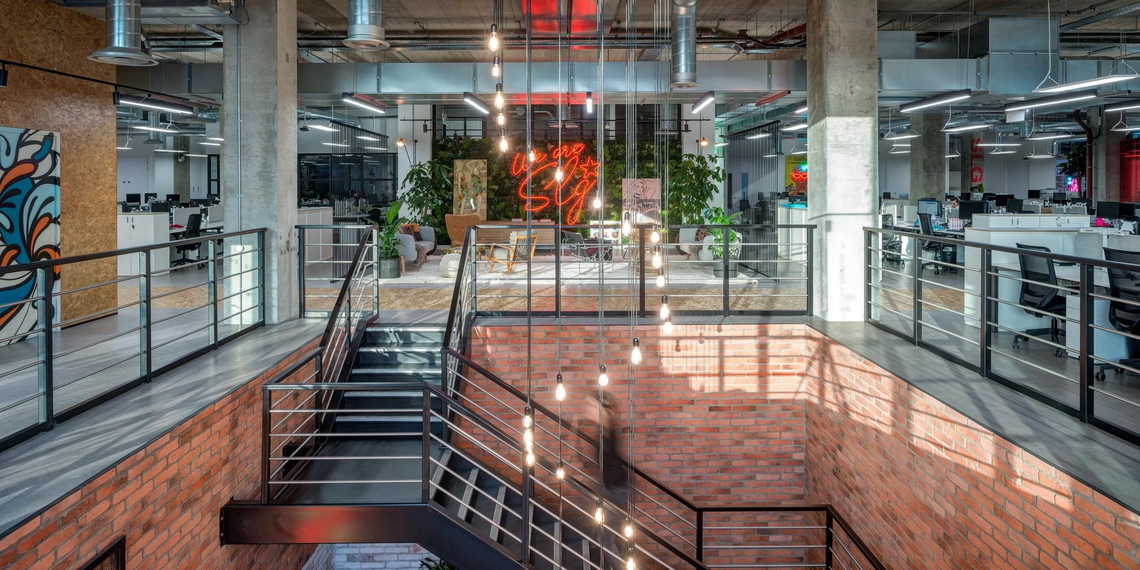
The Personalized Workspace; Design Solutions to Personalize The Workplace
Over the years, open plan is a concept that has dominated the markets. We shifted from cubicles and personalized set desks in the office to a more agile and mobile style of working, especially more recently where businesses had to quickly adapt to support their employees in response to the remote working revolution.
Organizations have reduced the amount of open space and dedicated personal workspace, making it more practical and cost-effective. But, people will likely come out of this period with a renewed sensitivity to being in close contact with others and certain distractions.
So now we are now seeing a re-evaluation of the idea of work environments and the employee experience. Research suggests when we own more of our time, we feel like we’re in charge of our lives and our schedules, which makes us happier and, ultimately, better at what we do. People still want the office to feel like they belong.
As companies show an increased interest in the way a distributed workforce of individuals functions and aims to personalize the day-to-day experience, optimizing functionality and performance, we have looked at design solutions that enhance employee experience and sense of place in a few different ways.
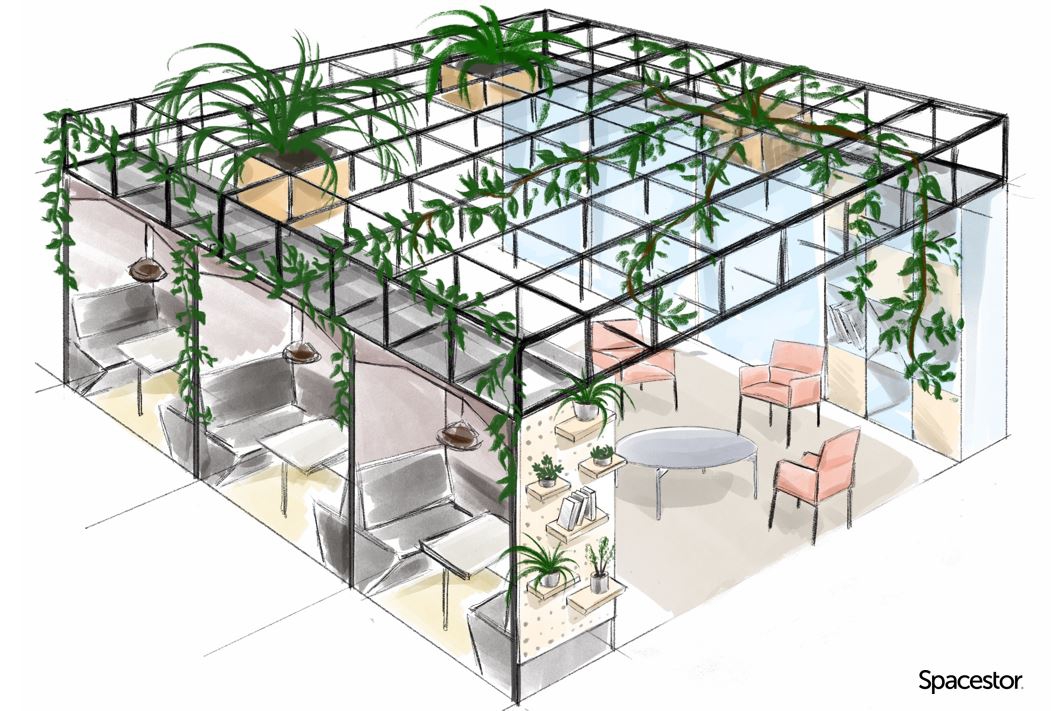
Increasing the Variety of Workspaces
One of the main benefits of activity-based working is the fact that there's usually a space for everyone. Some people prefer open and collaborative spaces, whereas others may prefer working in their own concentration space. Often people like to adapt depending on the tasks they are trying to complete, everyone has a different productivity trigger, and different spaces are suited to different personality types. For example, if you feel like stretching your legs, you can work from a standing desk like our Portal Office Booths. Providing a space that facilitates your teams’ different working styles and personality types will help keep your staff happier and more productive throughout the day.
Making untethered office technology creates a seamless switch between working from different locations, whether that be because you work in a hub and spoke style organization or because you want to move around the building to perform in your role to your best. Within the office, untethered tech allows employees to switch between environments, and when it’s time to work from home, they can grab their laptop and phone and be just as productive. Hybrid Offices Pods and Booths that support Video conferencing allow for a more adaptable environment in the workplace as well as giving people the choice to work in a concentration space.
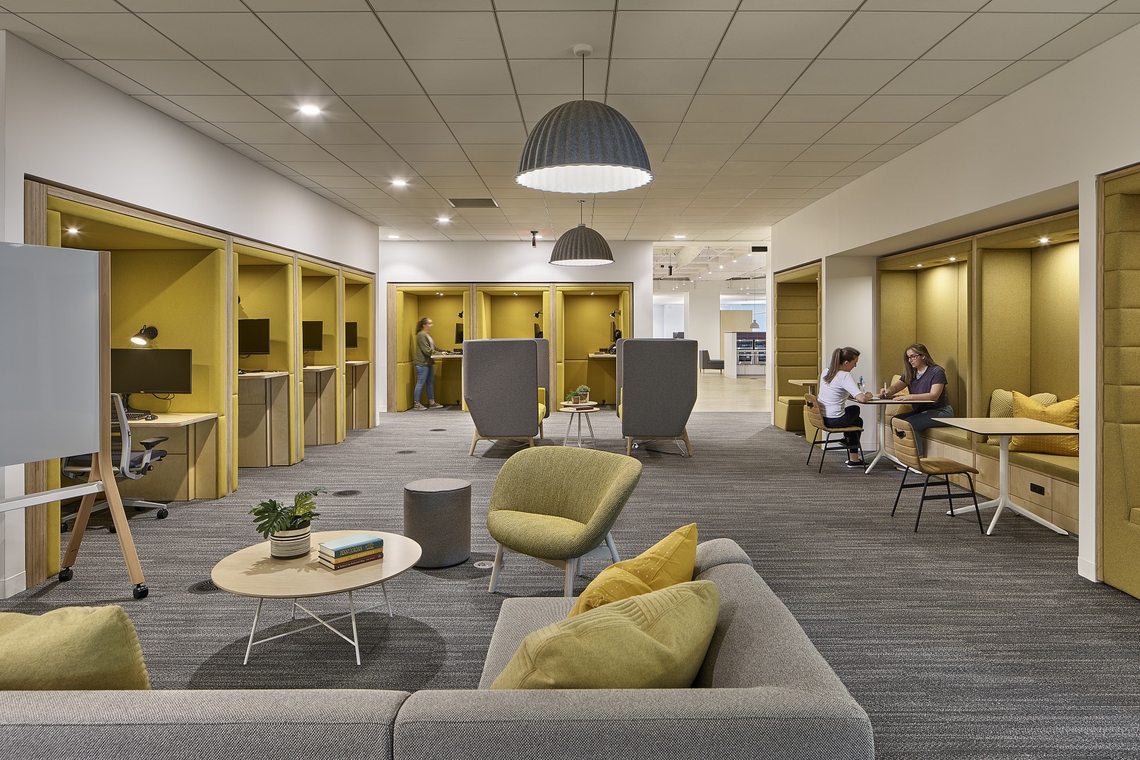
Fostering Designs for Communities
In a previous article, How to Foster Community in the Post Covid Workplace, we discussed how fostering a healthy community is integral to a company’s success.
Teams can assign themselves to areas or “neighborhoods” that support the work they do, maybe one team needs a collaboration space with erasable surface walls, whereas another may need an extra focus room. Within these spaces, adding in interactive elements that help reinforce individualization, through photo walls, boards, even LEGO walls, to leave a personal mark.
With a more distributed workforce, personalization is more about identifying with a neighborhood, zone, area as a ‘we space’.
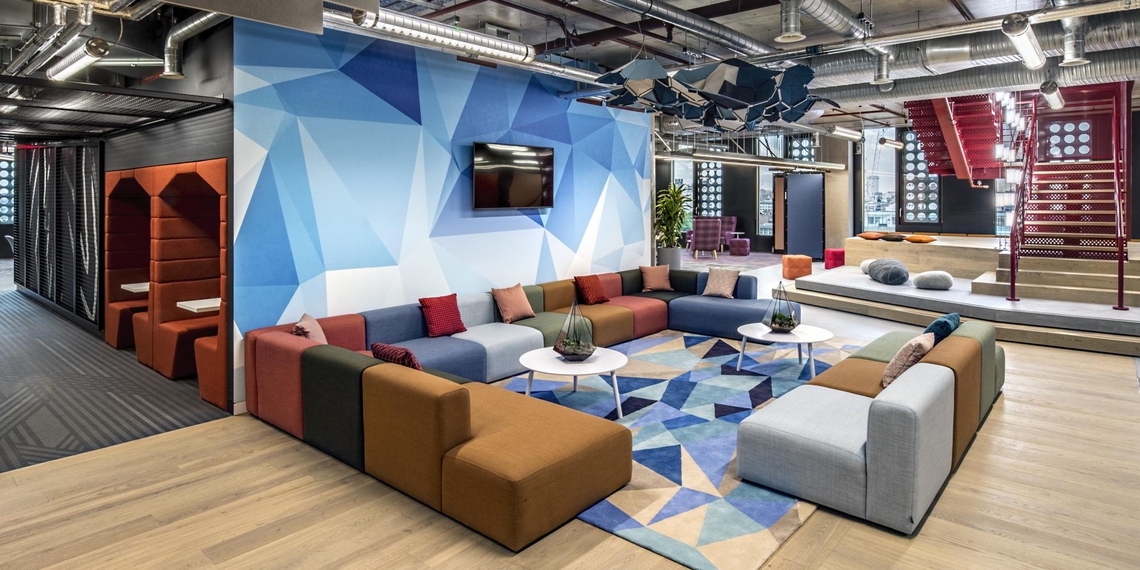
Modular planning strategies that are scalable and adaptable
Clients need their offices to be flexible enough to adapt to business needs. We do that by implementing planned modules of space with furniture from a kit of parts that can support an array of work types. These modular spaces can be used with adaptable and flexible office space dividers that can be used for creating unique spaces, from workstations to open collaboration spaces.
An integral part of any modern office design is to think about storage. Personal storage solutions like lockers give the workforce the security of storing their belongings safely, which now more than ever is at the forefront of priorities. Alongside this, Lockers can give organizations unique branding opportunities and the ability to add as modular pieces on other aesthetical furniture pieces, an example of this was in a recent project we have completed with Beazley where we were able to answer the personal storage needs whilst reflect their brand.
Another growing side to this is where we are seeing more Multisensory workspaces, which we explored in our recent article that incorporate experiences that expand all senses – from sight to touch. These environments engage the users in ways to create meaning and memory.
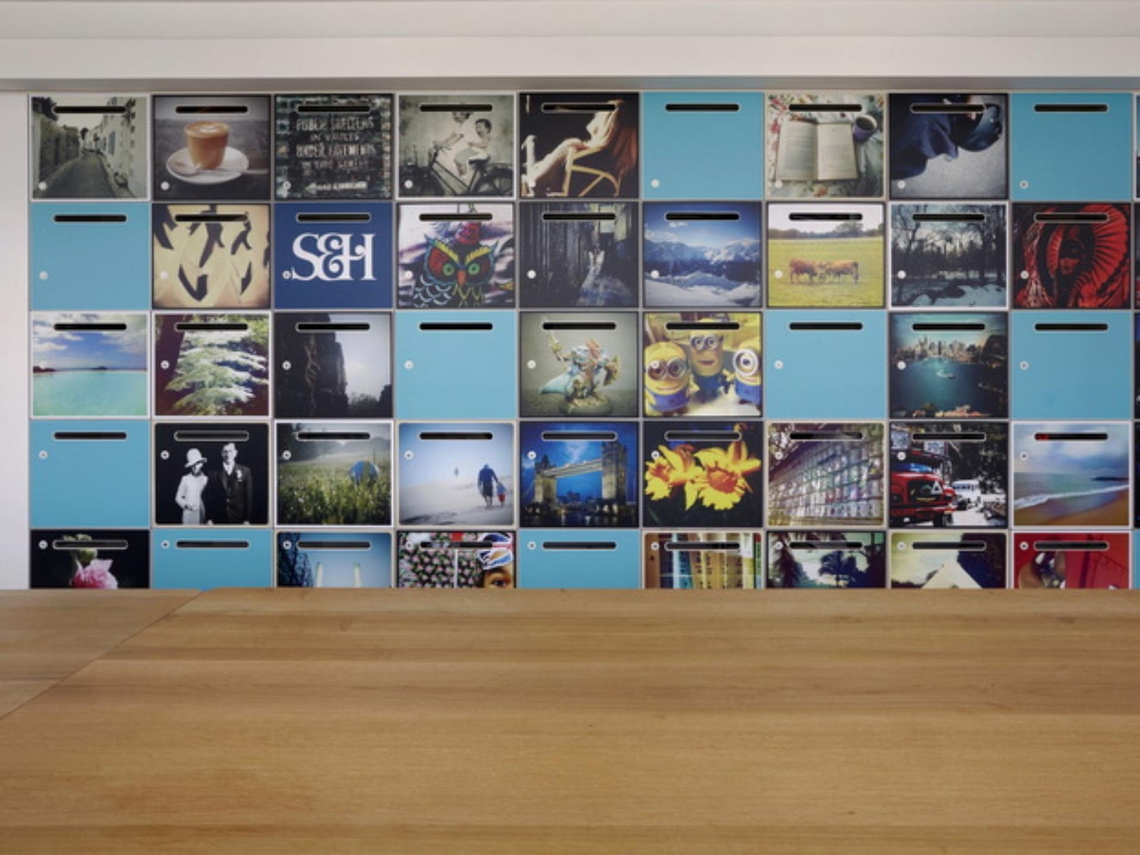
Ergonomic Office Furniture
Ergonomic office furniture is one of the most essential elements of the work environment. The adjustable, user comfort features of the furniture have been recognized as a worthy investment because it is a way to keep staff comfortable. However, personalization in the workplace extends beyond factors like the positioning of chairs and workspace settings.
Ultimately, the goal of an interior environment is to move forward the intention of a space and engage the user in meaningful ways. One way to do that is by designing spaces to activate the five basic senses: sight, sound, touch, smell, and taste. Our senses receive information that is used to shape our reality, creating meaning and memory. We are also welcoming the trend in Equity, Diversity, and Inclusion, where solutions are being thoughtfully designed to allow an equitable experience for people of all abilities, you can read more about this in our recent article covering Inclusivity in the Workplace
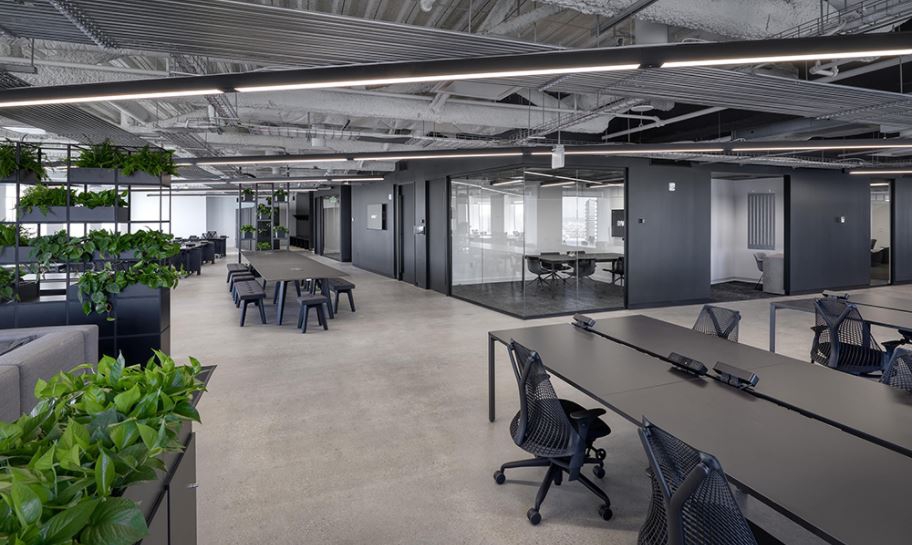
We must pay attention to the quality of our interactions with each other as well as their quantity; important forms of communication happen between spaces and not just in them.
When it comes to making people feel their best in the office, personalization, customization, and design really comes down to allowing teams to choose between a variety of versatile spaces in the workspace offering its users greater choice, giving users control over how and where they work. Companies recognize the impact personalized workplace design has on their staff productivity, loyalty, and attracting new talent. The challenge for an organization is to offer people the technology, spaces, and cultures that allow them to work in the right ways and strike the right balances for themselves as individuals, that can still adapt and evolve over time.
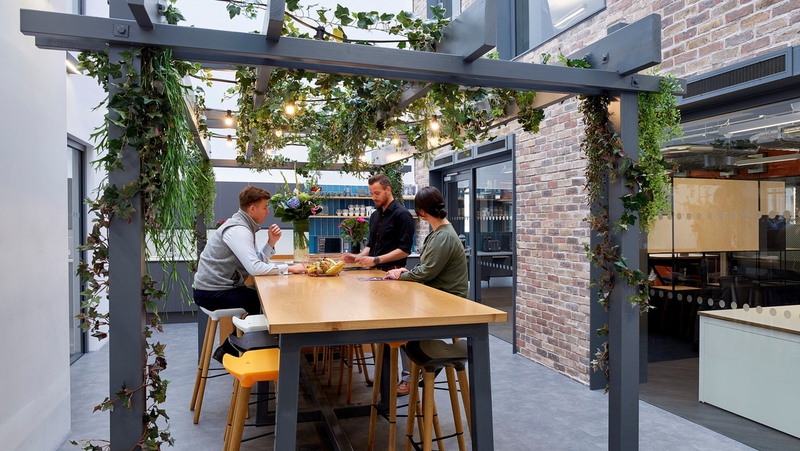
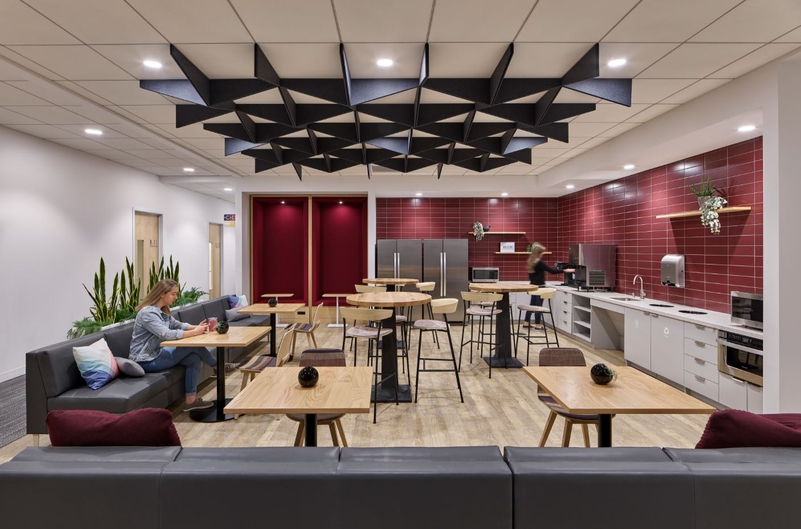



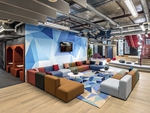
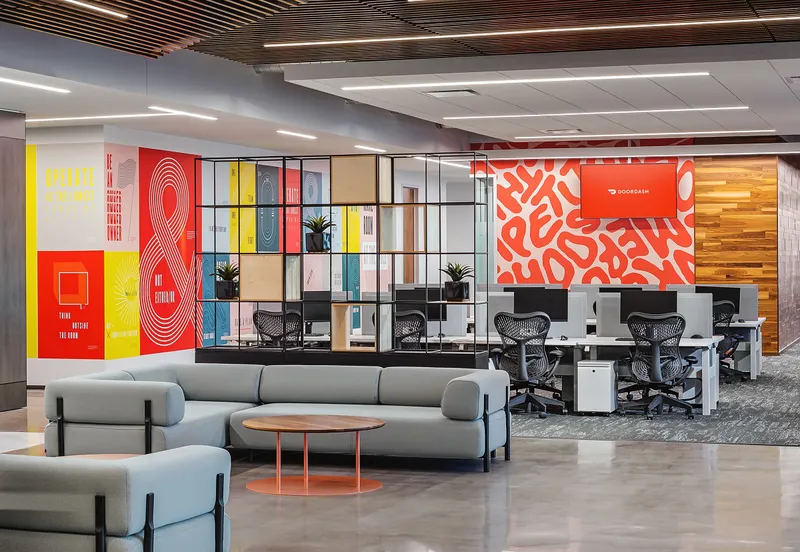
Blurring the lines between hospitality and workplace design, this latest addition to the DoorDash porfolio is a true re…
FOOD & DRINK

Providing an optimum experience to both client and employees alike, this new space provides reflects Beazley's brand an…
FINANCIAL SERVICES
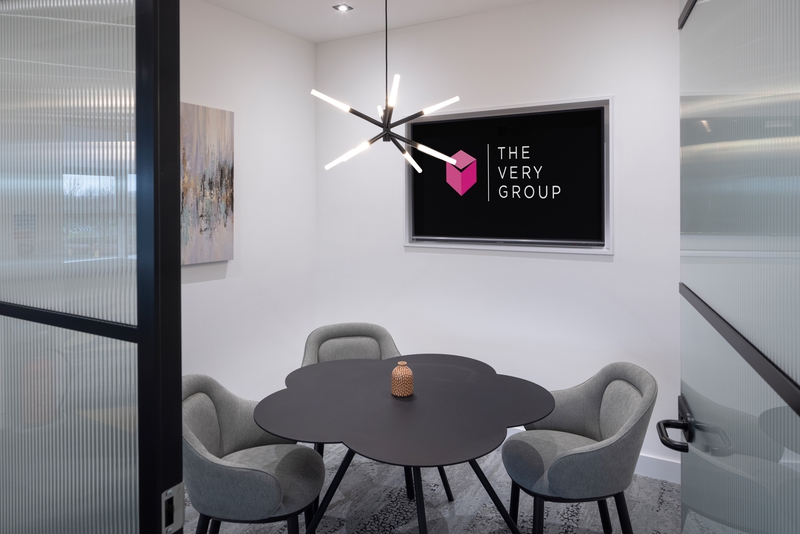
A fashion-forward and safe environment for the employees of the well-known high street retailer, Very.
RETAIL